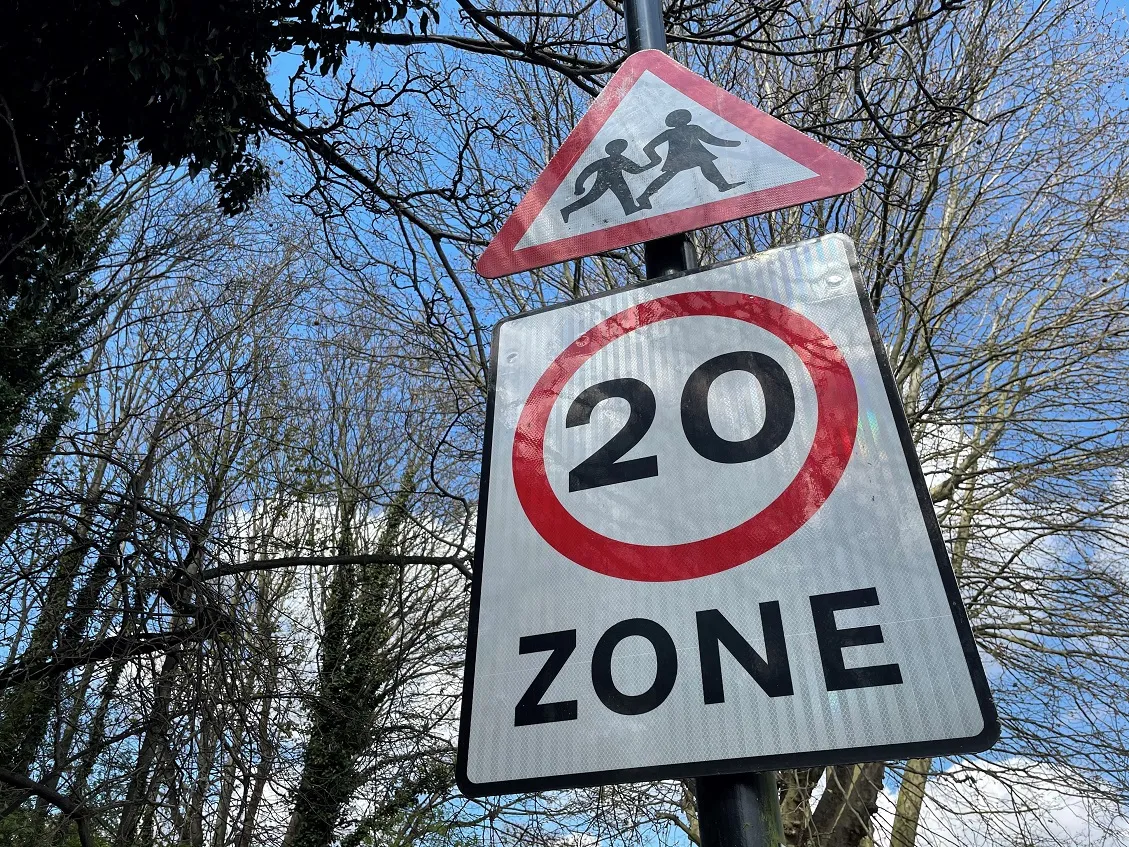A new study from the Swedish National Road and Transport Research Institute (VTI) aims to review pedestrian and cyclist solutions on major roads, with or without a central barrier, where the permitted speed limit is between 70 and 90km/h. Reconstructing an existing road with a central barrier is primarily considered as a road safety measure which reduces the risk of head on collisions. A negative effect of this type of design is that conditions for cyclists and pedestrians become difficult, especially when
February 21, 2013
Read time: 2 mins
A new study from the Swedish National Road and Transport Research Institute (5230 VTI) aims to review pedestrian and cyclist solutions on major roads, with or without a central barrier, where the permitted speed limit is between 70 and 90km/h.
Reconstructing an existing road with a central barrier is primarily considered as a road safety measure which reduces the risk of head on collisions. A negative effect of this type of design is that conditions for cyclists and pedestrians become difficult, especially when travelling along or across the road. There are no clear guidelines on how unprotected road users should be considered when reconstructing an existing conventional road to two-plus-one road type.
The study concludes that pedestrians and cyclists are not considered to a sufficient level in the initial planning phase, often resulting in the retrospective introduction of unsuitable measures. The cost of constructing pedestrian and cyclist solutions along major roads depends on geographical conditions and the standard of the solution selected. In addition, construction, operation and maintenance costs for pedestrian and cyclist solutions along and across major roads are not always reported separately. They are often included in the projects' total cost.
Increasing the ability to create attractive and cost-effective solutions requires further knowledge. This includes focus on how pedestrian and cyclist solutions should be handled in the initial planning process. It is also important to carry out systematic reviews of existing pedestrian and cyclist solutions along major roads in order to give a better idea of construction, operation and maintenance costs.
Reconstructing an existing road with a central barrier is primarily considered as a road safety measure which reduces the risk of head on collisions. A negative effect of this type of design is that conditions for cyclists and pedestrians become difficult, especially when travelling along or across the road. There are no clear guidelines on how unprotected road users should be considered when reconstructing an existing conventional road to two-plus-one road type.
The study concludes that pedestrians and cyclists are not considered to a sufficient level in the initial planning phase, often resulting in the retrospective introduction of unsuitable measures. The cost of constructing pedestrian and cyclist solutions along major roads depends on geographical conditions and the standard of the solution selected. In addition, construction, operation and maintenance costs for pedestrian and cyclist solutions along and across major roads are not always reported separately. They are often included in the projects' total cost.
Increasing the ability to create attractive and cost-effective solutions requires further knowledge. This includes focus on how pedestrian and cyclist solutions should be handled in the initial planning process. It is also important to carry out systematic reviews of existing pedestrian and cyclist solutions along major roads in order to give a better idea of construction, operation and maintenance costs.










